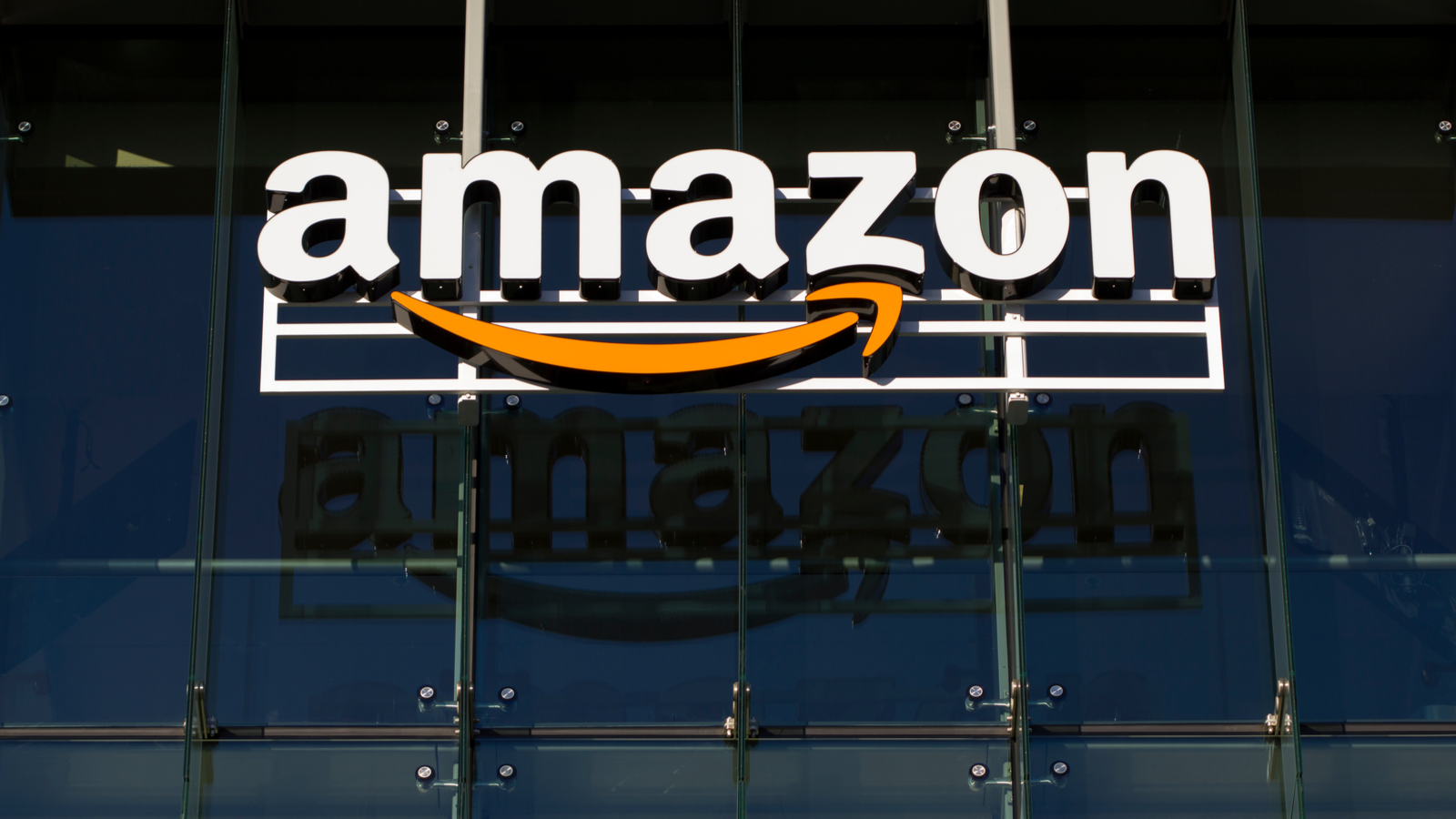- Down 35% year to date, Amazon’s (AMZN)stock looks attractive at current levels.
- And the stock is about to get cheaper following a 20-for-1 split scheduled to take place on June 6.
- The current problems plaguing the e-commerce company are temporary. Long-term, shareholders will make out just fine.
Following its latest earnings, e-commerce giant Amazon (NASDAQ:AMZN) looks to be in the penalty box with investors.
The year-to-date decline in AMZN stock is now 36%, outpacing the 26% drop in the Nasdaq exchange on which the company’s shares trade.
At its current price of $2,141.72 a share, Amazon’s stock has given up all the gains it achieved during the pandemic when the online retailer became an essential resource for consumers all over the world who could no longer make in-person visits to shopping malls and brick-and-mortar retail outlets.
While the pullback this year has been steady, the shares really fell off a cliff over the past month following Amazon’s first-quarter results, which saw the company report a rare net loss and the slowest growth in 20 years.
| AMZN | Amazon | $2,141.72 |
The Bad Old Days
To be fair, many of the problems that are currently vexing Amazon are not within the company’s control. Inflation at a 40-year high, rising interest rates, renewed Covid-19 lockdowns in China, and war in Ukraine are not problems unique to Amazon. Neither are global supply chain delays and elevated prices for oil and gas.
However, Amazon did take a major hit in the first quarter from a very bad investment decision the company made. In Q1, Amazon recorded a massive $7.6 billion loss on its stake in electric vehicle start-up Rivian (NASDAQ:RIVN), whose share price has plunged 76% since is initial public offering (IPO) last fall.
Amazon, along with Ford Motor Co. (NYSE:F), was one of the biggest investors in Rivian, and expected that the EV company would supply it with 100,000 electric delivery vans. That investment has soured with RIVN stock cratering and the delivery vans now delayed.
For its part, Ford has been dumping Rivian shares as quickly as the automaker’s management team can hit the “sell” button. Regardless, the big loss on its Rivian investment led Amazon to post a Q1 net loss of $3.8 billion. It was Amazon’s first net loss since 2015 and prompted more than a few analysts to take their feet off their desks when the news appeared online.
In terms of sales, Amazon reported its slowest growth rate since the dot-com bubble burst in 2001, harkening back to the bad old days when the last widespread meltdown in technology stocks occurred.
Revenue at Amazon increased 7% during Q1, a marked comedown from 44% growth in the first quarter of 2021, and the slowest rate of growth for any quarter since the turn of the century. Worse, the company forecast even slower growth for the current second quarter, saying it expects revenues to expand between 3% and 7% from a year earlier. Amazon forecast Q2 revenue of $116 billion to $121 billion, well-below the $125.5 billion analysts had penciled in.
Working To Recover
Given the mounting problems, Q1 net loss, and slowing sales, investors can hardly be faulted for taking a wait-and-see approach towards AMZN stock. However, the company is taking steps to improve its fortunes and win back the confidence of Wall Street and Main Street.
The company announced that it is introducing a 5% surcharge for some of its U.S. sellers, the first such fee it has levied. Plus, Amazon is raising the price of its U.S. Prime membership for the first time in four years to $139 a year from $119 previously.
And, the company plans to hold its annual Prime Day sales event in July this year rather than June. That move will help to boost the company’s third quarter results during what has traditionally been the slowest period of the year.
Also, Amazon is executing a 20-for-1 stock split on June 6, its first since 1999. The split should put AMZN stock within reach of smaller retail investors and could lead to a rally in the downtrodden share price. And, the company has also approved $10 billion worth of share buybacks this year, which should further strengthen the stock in coming months.
Will it be enough? Time will tell. But the company is clearly taking offensive maneuvers to try and improve its situation and overcome the pressures that are being exerted on its business and share price. For their part, analysts remain optimistic about Amazon’s stock. Among 46 professionals who cover the e-commerce company, the median price target on Amazon’s share price is $3,700, implying 60% upside over the next year.
Plan To Buy AMZN Stock After It Splits
Amazon remains the world’s dominant e-commerce company and a leading technology concern. Long-term, the stock is still a great investment. And with the share price about to come down to about $110 a share (based on current levels) following the June 6 split, investors would be smart to buy shares on the dip and hold them in their portfolio for the long haul.
In time, shareholders will continue to be rewarded by Amazon. Treat the current selloff and upcoming stock split as a rare opportunity. AMZN stock is a buy.
On the date of publication, Joel Baglole did not have (either directly or indirectly) any positions in the securities mentioned in this article. The opinions expressed in this article are those of the writer, subject to the InvestorPlace.com Publishing Guidelines.
